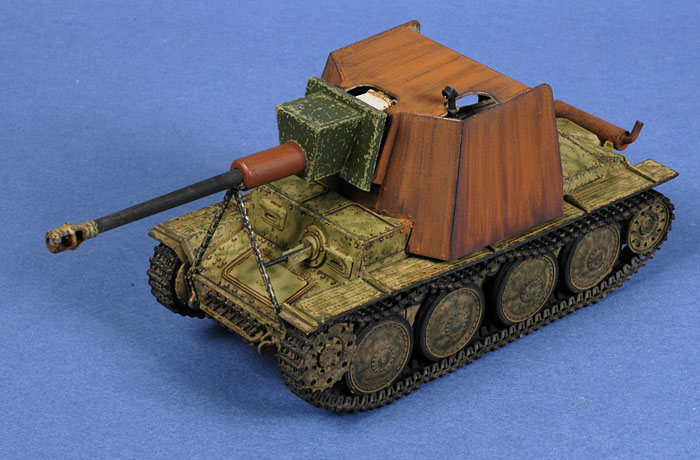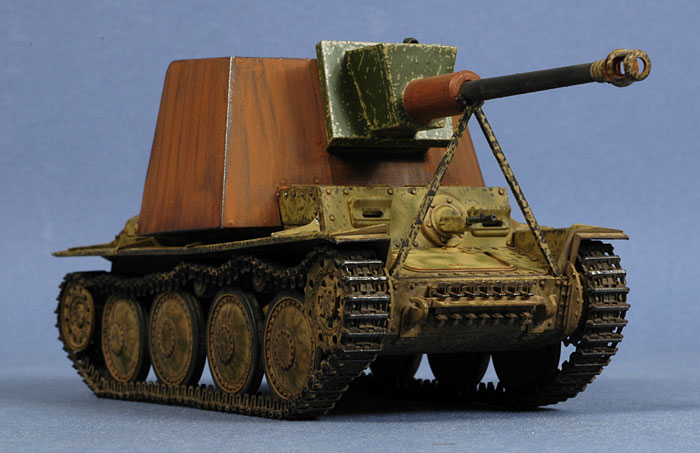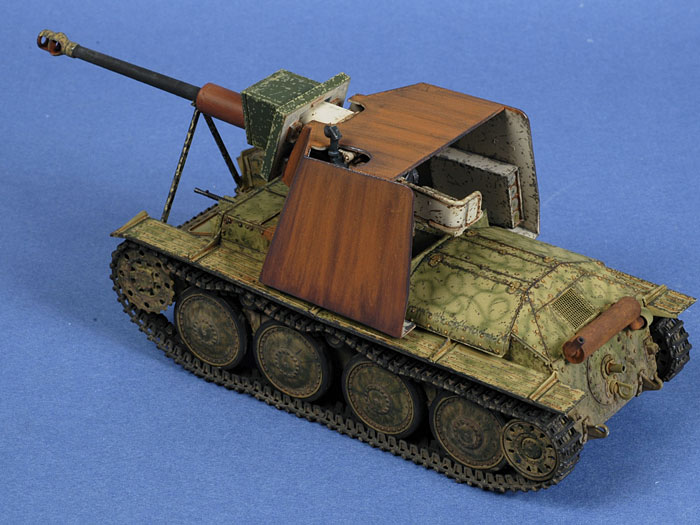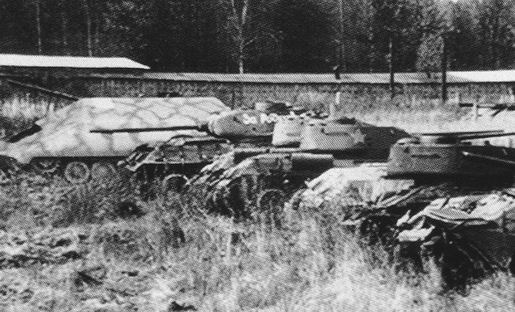Durchbruchwagen
One of the most unknown projekts of the german army were the early attemps to create a heavy tank ( heavy for the mid 1930s standar that is)
In late January of 1937, Waffenamt ordered Henschel und Sohn of Kassel to design and produce prototype of heavy 30-ton class tank. Designated as Durchbruchwagen (Breakthrough Tank), it was to be Germany’s first heavy tank intended to breakthrough enemy defense lines.
Prototype of DW I was produced by Henschel and was protected by 50mm thick armor. The running gear consisted of five road-wheels supported by torsion bars.and three return rollers. Waffenamt put Krupp in charge of the production of the turret and its armament. Krupp decided to produce the turret similar to that of Panzer IV and armed with the same 75mm KwK 37 L/24 gun. Only one test hull was produced in late 1937, but its turret was never manufactured. At the time of the development of DW I, Waffenamt ordered Henschel to design and produce prototype of never heavy 30-ton class tank.
Designated as DW II, it was an improved and modified version of previous DW I. Both, DW I (30000kg) and DW II (33000kg) were powered by Maybach HL 120 engine (280hp) allowing it to travel at the top speed of 35km/h. As well as DW I, only one prototype was built in 1938 and once again its turret was never manufactured. It was also planned to use PzKpfw IV Ausf C turret on DW II. In late 1938, DW project was cancelled and on September 9 of 1938, VK3001(H) project started. Both DW I and DW II were extensively tested until 1941 and provided Henschel with valuable experience used in the development of VK3001(H) tank and other future designs.
Durbruchwagen (with Panzer IV ausf C. turret)

























